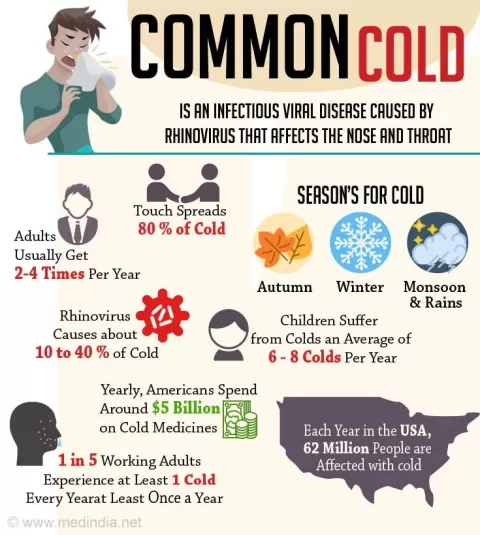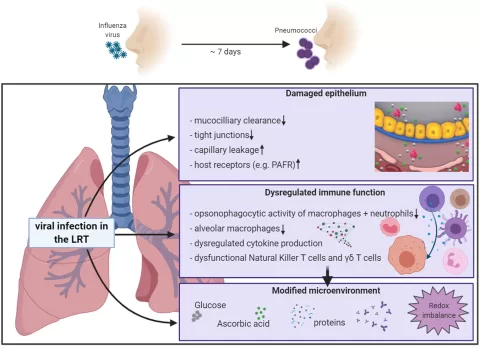Antihistamines have established themselves as essential medications in the realm of allergy management, providing relief from the discomfort of symptoms like sneezing, itching, and nasal congestion. Traditionally used for allergies, recent studies are uncovering their potential roles in other medical areas, such as cancer treatment, prompting a reevaluation of these drugs’ capabilities. This blog post explores the various types of antihistamines, their safety profiles, and the side effects associated with their use, especially for long-term users. As we delve into the latest research developments, we aim to shed light on how antihistamines can benefit not only those suffering from allergies but also individuals facing more complex health challenges. Understanding the multifaceted nature of antihistamines can empower patients to make informed choices about their treatment options.
Also known as allergy medications, antihistamines serve to counteract the effects of histamines released during allergic reactions. These drugs come in various forms, each designed to tackle specific symptoms or conditions, ranging from common allergies to more serious applications, including their emerging role in cancer therapy. Safety and side effects are significant considerations when using these medications, especially for individuals who may require long-term treatment. This article will provide an in-depth look at the array of antihistamines available, their effectiveness, and the precautions patients should take when using them. By broadening our understanding of these essential medications, we can better appreciate their versatility and the ongoing research that continues to reveal their potential.
Understanding the Role of Antihistamines in Cancer Treatment
Recent research has uncovered a potential role for antihistamines in cancer treatment, particularly in improving the effectiveness of immunotherapy for bladder cancer patients. The study from the University of Cincinnati highlighted that patients receiving antihistamines alongside their cancer treatment exhibited better outcomes than those who did not. This finding suggests that antihistamines may help modulate the immune response in a way that enhances the efficacy of immunotherapy, which is often a cornerstone in modern cancer treatment protocols.
As researchers continue to explore the intersection of antihistamines and cancer therapies, it opens up new avenues for investigation. The mechanisms by which antihistamines might influence immune function and tumor response remain an active area of study. Furthermore, if these findings are validated through larger clinical trials, there could be significant implications for patient management strategies, potentially leading to improved survival rates and quality of life for patients undergoing cancer treatment.
Types of Antihistamines: An Overview
Antihistamines are categorized broadly into two types: first-generation and second-generation antihistamines. First-generation antihistamines, such as diphenhydramine (Benadryl), are known for their sedative effects. They can cause significant drowsiness, making them suitable for nighttime use or for alleviating allergy symptoms when rest is desired. In contrast, second-generation antihistamines, including loratadine (Claritin) and cetirizine (Zyrtec), are designed to minimize sedation, allowing individuals to engage in daily activities without the fog of drowsiness.
While both types serve the primary purpose of alleviating allergy symptoms, their side effect profiles differ markedly. First-generation antihistamines are often associated with more pronounced side effects, such as dry mouth and dizziness, while second-generation options generally offer a more favorable safety profile. Understanding these differences helps consumers make informed choices about which antihistamine to use based on their specific needs and lifestyle.
Safety Considerations When Using Antihistamines
The safety of antihistamines has been a topic of much discussion, especially regarding their long-term use. While they are generally considered safe for short-term relief of allergy symptoms, prolonged use, particularly of first-generation antihistamines, has raised concerns among healthcare providers. Patients, especially older adults, may face increased risks of side effects such as cognitive decline and confusion, which can severely impact their quality of life.
Moreover, antihistamines can interact with various medications, leading to potential complications. It is essential for individuals to consult healthcare providers before starting any antihistamine regimen, particularly if they are taking other medications or have pre-existing health conditions. This proactive approach ensures that users understand the risks and benefits specific to their health situations, promoting safer use of these medications.
Antihistamines for Allergies: Efficacy and Use Cases
Antihistamines are primarily utilized for managing allergic reactions, including seasonal allergies, allergic rhinitis, and hives. They work by blocking the action of histamine, a compound released during allergic responses that causes symptoms such as itching, sneezing, and nasal congestion. Medications like diphenhydramine and loratadine are widely recommended for their effectiveness in alleviating these symptoms, allowing individuals to lead a more comfortable life during allergy seasons.
However, the efficacy of antihistamines can vary based on the individual and the specific type of allergy. While many find relief from common allergens such as pollen or pet dander, others may not experience the same benefits. It’s crucial for patients to consult with their healthcare providers to determine the most suitable antihistamine for their allergies, as well as to discuss potential side effects and interactions with other medications they may be taking.
Side Effects and Risks Associated with Antihistamines
Like any medication, antihistamines are not without their side effects. Common issues reported by users include drowsiness, dry mouth, and dizziness. These side effects can be particularly concerning for older adults, who may already be at risk for cognitive decline. A study published by Healthline indicated a potential connection between long-term antihistamine use and increased risks of cognitive impairment, prompting experts to recommend caution among users, especially the elderly.
In addition to cognitive effects, the misuse or overuse of antihistamines can lead to more severe complications, such as urinary retention and confusion. To mitigate these risks, individuals should adhere strictly to recommended dosages and consult healthcare professionals regarding the duration of use. Regular check-ins with a healthcare provider can help ensure that antihistamine use remains safe and effective, allowing individuals to manage their allergies without compromising their overall health.
Frequently Asked Questions
What are the types of antihistamines used for allergy relief?
Antihistamines are categorized mainly into two types: first-generation antihistamines (like diphenhydramine and chlorpheniramine) and second-generation antihistamines (such as loratadine and cetirizine). First-generation antihistamines often cause drowsiness, while second-generation options are less sedating, making them preferable for allergy relief.
How safe are antihistamines for long-term use?
The safety of antihistamines, particularly with long-term use, is a topic of debate. While they are generally safe for short-term management of allergies, prolonged use can lead to side effects, including cognitive decline and increased dementia risk, especially in older adults. It’s essential to consult a healthcare professional for personalized advice.
Can antihistamines be used in cancer treatment?
Recent research indicates that certain antihistamines may improve treatment outcomes for cancer patients, particularly those undergoing immunotherapy. Studies suggest antihistamines could enhance the effectiveness of treatment, opening new avenues for their use beyond allergy management.
What are the common side effects of antihistamines?
Common side effects of antihistamines include drowsiness, dry mouth, dizziness, and urinary retention. Some individuals may experience more severe reactions or cognitive impairments with prolonged use, underscoring the importance of following dosage recommendations and consulting with healthcare providers.
Are antihistamines effective for treating allergies?
Yes, antihistamines are effective medications for treating various allergic reactions, including hay fever, hives, and other allergy symptoms. They work by blocking histamine receptors, which alleviates symptoms like itching, sneezing, and nasal congestion, providing significant relief for allergy sufferers.
| Key Point | Description |
|---|---|
| What Are Antihistamines? | Medications that block histamine effects, providing relief from allergy symptoms like itching and sneezing. |
| Antihistamines in Cancer Treatment | Research suggests antihistamines can enhance outcomes for bladder cancer patients undergoing immunotherapy. |
| Common Uses of Antihistamines | Primarily used for allergic reactions but with varying effectiveness for colds and other ailments. |
| Over-the-Counter Options | Examples include diphenhydramine (Benadryl) and loratadine (Claritin); misuse can lead to side effects. |
| Potential Risks: Antihistamines and Dementia | Concerns about long-term use and potential links to dementia; further research is needed. |
| Specific Uses and Types | Used for allergies, hives, pets, and vertigo; veterinary advice is essential for pet use. |
| Side Effects | Common side effects include drowsiness and dizziness; long-term use may lead to cognitive decline. |
Summary
Antihistamines are a vital part of managing allergic reactions and have gained attention for their potential roles in treating various conditions, including cancer. This blog post highlights their diverse applications, from alleviating allergy symptoms to posing risks such as cognitive decline with long-term use. As new research emerges, it is crucial to stay informed about both the benefits and risks associated with antihistamines, ensuring safe and effective usage.
The content provided on this blog (e.g., symptom descriptions, health tips, or general advice) is for informational purposes only and is not a substitute for professional medical advice, diagnosis, or treatment. Always seek the guidance of your physician or other qualified healthcare provider with any questions you may have regarding a medical condition. Never disregard professional medical advice or delay seeking it because of something you have read on this website. If you believe you may have a medical emergency, call your doctor or emergency services immediately. Reliance on any information provided by this blog is solely at your own risk.







